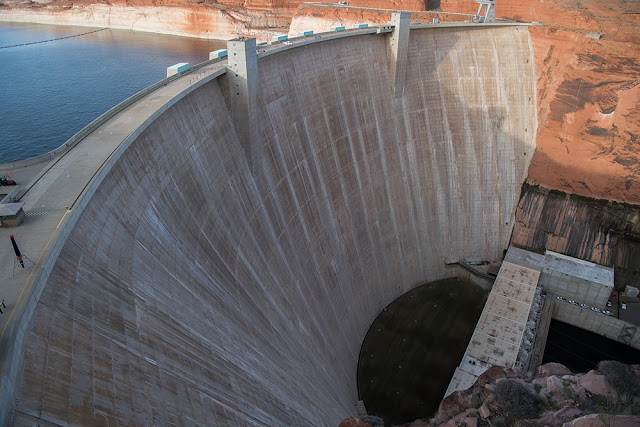The US Bureau of Reclamation last week responded to unusually high energy demands across the western United States, with the situation demonstrating hydropower’s integral role as a renewable, reliable, abundant, carbon-free source of electricity, it said in a statement.
Actions initiated last week by the USBR include:
- Glen Canyon, Morrow Point, Hoover, Davis and Parker dams ramping up power production in response to California’s electrical emergency and to help stabilize the western electrical grid.
- Central Valley Project maximizing generation and reserves to make more energy available during peaks as well as shifting pumping operations to off-peak periods to reduce system load.
- Pacific Northwest federal dams generating enough electricity to meet load requirements for the Columbia River Basin and selling surplus power to California via the Bonneville Power Administration.
“Reclamation is the second largest hydropower producer in the Nation. Our multi-purpose dams are once again responding to the needs of the American people,” said Dr. Tim Petty, Assistant Secretary for Water and Science for the Department of the Interior. “We are proud to provide this key domestic energy resource while fulfilling our mission to manage, develop, and protect water and related resources in an environmentally and economically sound manner in the interest of the American public.”
Hydropower dams are a crucial part of the interconnected electrical grid in the western US and provide the unique ability to respond almost immediately to system emergencies and changes in demand. An imbalance in the demand for electricity and the amount of power available can cause generation units to shut down, resulting in power outages. Reclamation’s dams are positioned to quickly generate power during sudden or prolonged utility shortfalls, making energy available to balance the load and prevent outages. These shortages include heatwaves and fluctuations in wind and solar output, USBR said.
“The ability of hydroelectric dams to change output rapidly can offset fluctuations under extreme weather conditions and in wind generation or other intermittent resources, such as solar,” said Reclamation’s Hydropower Senior Advisor Max Spiker. “Without flexible backup generation, renewables could not match the energy needs of homes and businesses. In addition, hydropower can quickly compensate for other shortages in generation, such as California recently experienced and for which Reclamation provided emergency support and grid stability.”
Water Power&Dam Construction

评论
发表评论